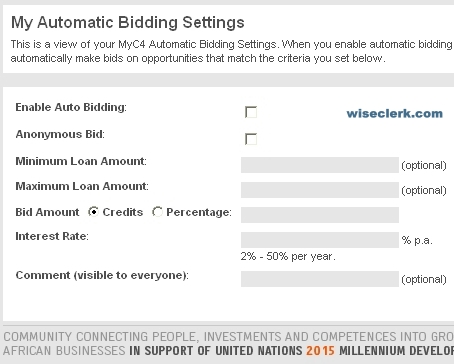I finished reading “Innovation and the Future Proof Bank” (available at Amazon.com, Amazon UK and Amazon.de). The author James Gardner publishes the Bankervision blog, which I am a long time reader of.
Gardner defines categories of incremental, revolutionary and breakthrough innovations and further differentiates between disruptive and sustaining innovation. The book discusses innovation theories and models. Many examples and case studies are given. While the topic is innovation in banks, I felt that much of it applies to innovation in large companies that are incumbents in other industries, too.
An innovation team will evolve through 5 capacity stages: Inventing, Championing, Managing, Futurecasting and Venturing.
Gardner propagates Futurecasting as a method to assess trends from a strategic perspective. By building scenarios the innovator creates descriptive images of possible future impact of trends in combination with the banks approach on it.
Gardner uses p2p lending as an example in many chapters. E.g. in chapter 4.4 he creates analysis possible scenarios in a futurecast on p2p lending.
If you want to understand why so many banks currently ignore p2p lending as a trend the book offers some interesting arguments. However the other example often cited, Paypal, shows what happens, if banks wait too long without reacting.
The book contains a wealth of information, thoughts and examples. Too much to cope with in this short review. I enjoyed reading it and highly recommend this book to anyone interest in fostering innovation, the innovation process and how banks could react to an ever faster changing business environment.
Buy your copy at Amazon.com, Amazon UK or Amazon.de.

 Education microfinance service
Education microfinance service 